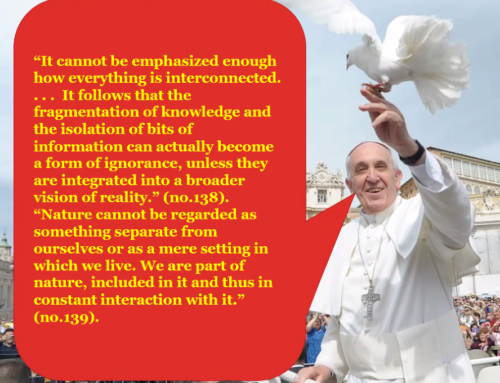I figure that before I kick the bucket, I should take the time to set down something of my personal story of how I became one of the early pioneers to study NDEs and, not long after, to co-found IANDS, the International Association for Near-Death Studies. After all, I am one of the few who was there at the beginning and would like to take you back to those exciting days of high adventure at the outset of my life in NDEland. So, gather round, friends, sit a spell and I will tell you the tale of how it came to pass that I got involved with NDEs and how IANDS was born.
In the summer of 1976, I was mired in the waning and turbulent days of a disastrous marriage, which would soon implode in violence and mayhem, causing me untold anguish as I reeled from the centrifugal winds that blew my marriage and my life to bits. But, fortunately, that’s not the personal history that’s relevant here, though for drama and trauma, it certainly made that year a pivotal one in my life. But a few months earlier, something else happened that would prove to be even more monumental for me, a life-changing event from which I would never recover.
I remember the day it happened. It’s still vivid in my mind. I was sitting outside my house at the time, a few miles down the road from the University of Connecticut. It was summer and the weather was sunny and pleasant. I was reading a book. Hardly anyone had heard of it. Its author was a psychiatrist whose name was unfamiliar to me: Raymond A. Moody, Jr. The book, of course, as you now will have realized, was Life After Life.
As I read it with mounting excitement, and started making furious marginal notes, I remember thinking, “This is it!” I knew immediately and intuitively that I would want to do my own research on what Moody had dubbed “near-death experiences.” Moody was not a scientist (he had actually taught philosophy before turning to medicine), and his book was mainly a collection of anecdotes. But as an academic psychologist, I fancied myself a scientist, and before I had finished the book, the outlines of the research I would soon initiate were already clear in my mind. I was on fire, already thrilled at the prospect of learning more about what it was like to die and live to tell the tale.
It’s funny how sometimes things just slide into place without one’s lifting a finger, so to speak. Because what happened next, just within a day or three, is that several of my students – I had a small coterie of devoted students then – came by and in effect asked me what I was up to these days. “Funny you should ask, “I might have said, but didn’t. But when I told them what I had in mind, they picked up on my enthusiasm and asked if they could get involved. In short order, I had the makings of a research team, which would soon expand to more than a half dozen students, mostly undergraduates.

